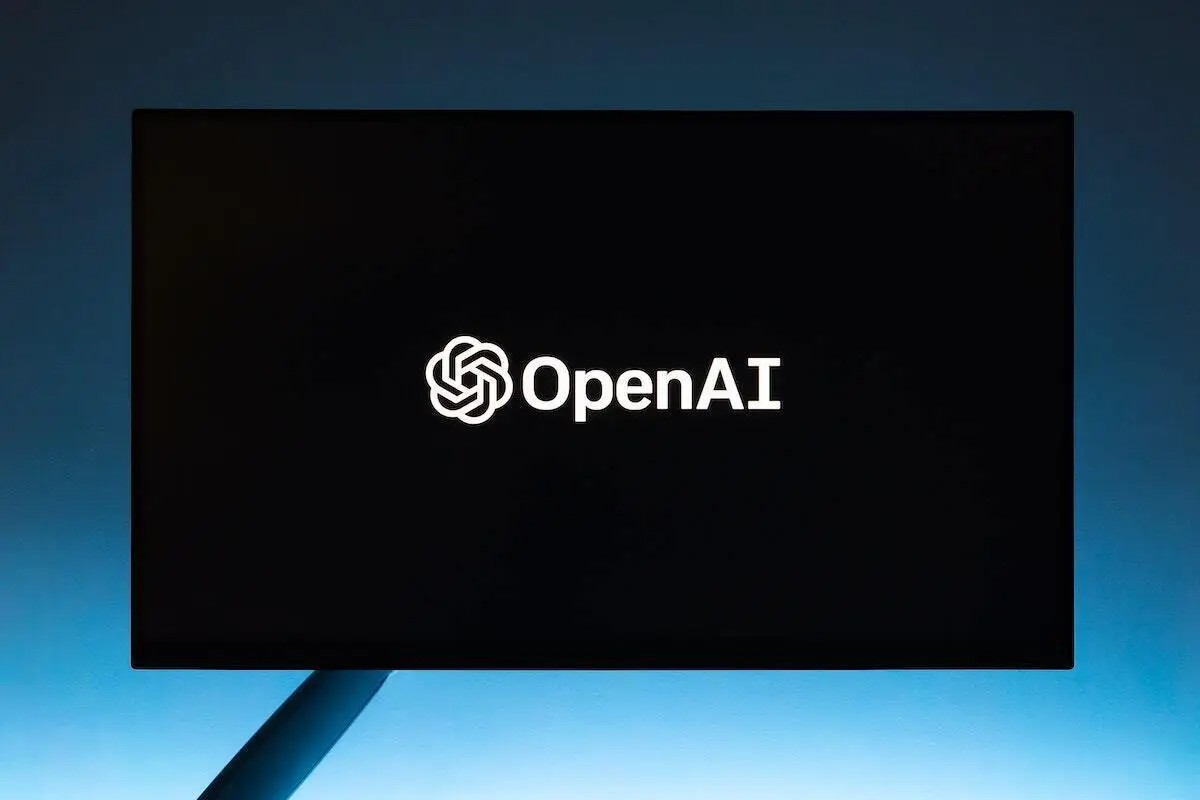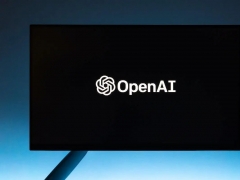
AI has rapidly transformed industries worldwide, delivering significant benefits across multiple sectors. From cleaning up our oceans to revolutionizing early cancer detection, its potential is expanding at an incredible pace.
Whether AI operates through supercomputers, edge computing, or traditional data centers, its impact is being felt across society. But with every wave of innovation comes a set of challenges—one of the most pressing being its environmental footprint.
Concerns about AI’s energy consumption and sustainability are gaining traction, especially as the demand for processing power surges. The United Nations Environment Programme has flagged the increasing levels of e-waste and the cooling requirements of data centers as critical issues. Academic researchers have echoed these concerns, warning that AI’s rapid advancement may come with a hefty carbon footprint.
Governments worldwide are also stepping in, tightening regulations to mitigate AI’s environmental impact. The European Union’s Circular Economy Action Plan (CEAP) is just one example of a broader movement pushing businesses to adopt sustainable practices. At the same time, industry analysts are taking note—Gartner has identified energy-efficient computing as a key technology trend for 2025, signaling a shift in priorities for organizations under growing pressure to balance AI expansion with sustainability.
For businesses, overlooking sustainability in AI strategies is no longer an option. Failing to integrate eco-conscious practices can damage a company’s reputation, lead to regulatory challenges, and put them at a competitive disadvantage. Take e-waste management as an example—companies that neglect proper recycling efforts risk backlash from consumers and potential compliance penalties. The message is clear: building a sustainable AI framework isn’t just good for the planet; it’s essential for long-term success.
One of the most effective ways to ensure compliance and align with sustainability goals is by adopting energy-efficient technologies. Reducing energy reliance not only supports environmental responsibility but also helps companies hedge against market volatility and strengthen their brand in an increasingly eco-conscious landscape. Fortunately, businesses today have access to a wide range of solutions that offer both sustainability and high-performance computing. For instance, ASUS has partnered with Intel to develop energy-efficient server solutions, helping organizations strike the right balance between regulatory requirements, customer expectations, and innovation.
Industry leaders are recognizing this shift. IDC recently highlighted the emergence of Sustainable AI Frameworks, which focus on optimizing energy use, reducing resource consumption, and minimizing e-waste. As AI continues to evolve, companies that embrace these frameworks will stay ahead—while those that fail to adapt risk being left behind.
Ultimately, the future of AI belongs to businesses that integrate sustainability at the core of their strategies. The question isn’t whether sustainability should be a priority—it’s whether organizations are ready to take action before it’s too late.







